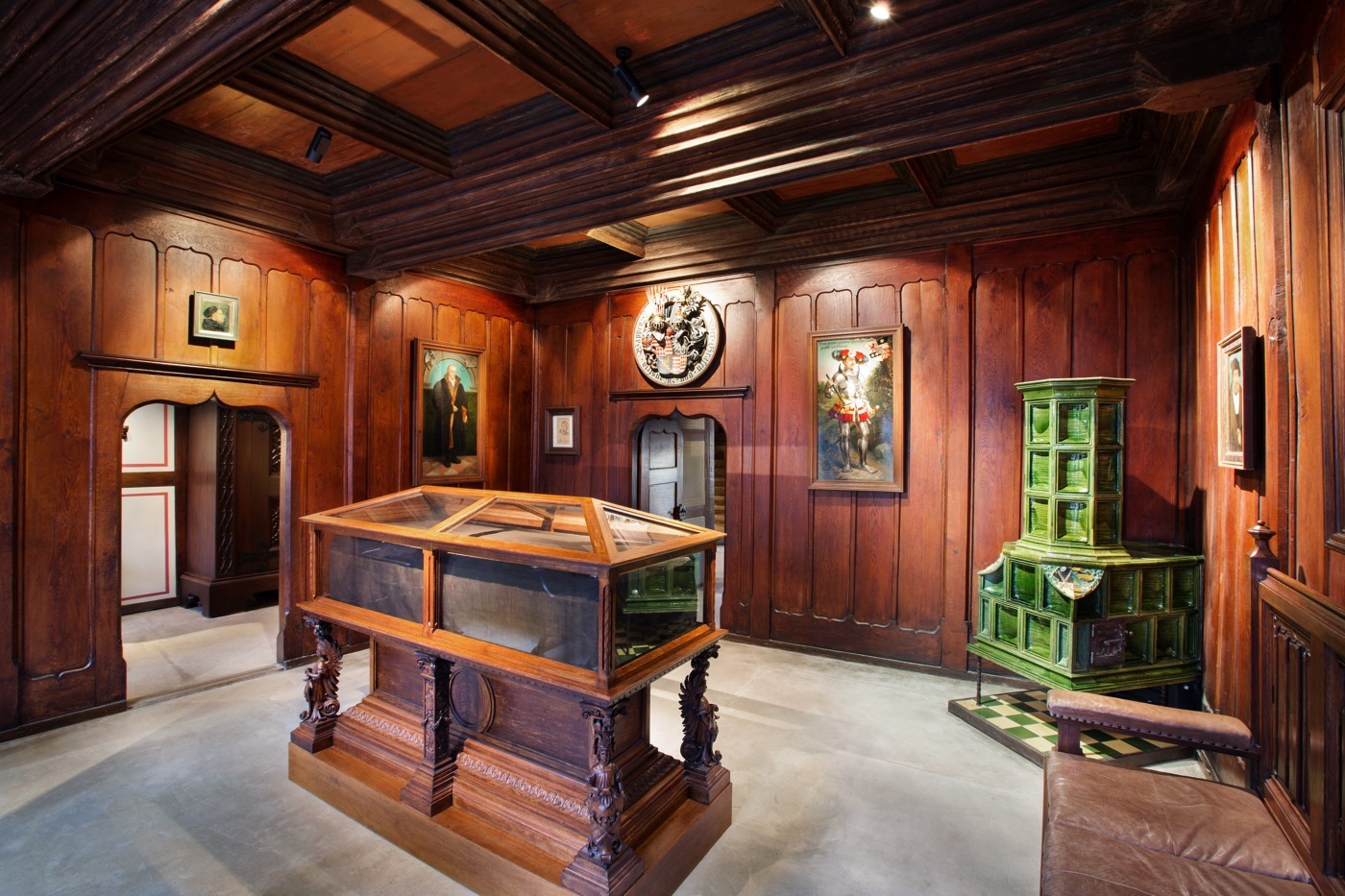
Luther's death house
“Luther’s Final Journey”
On his last journey to his homeland, the Mansfeld region, Martin Luther died in Eisleben on February 18, 1546. Luther's death house is the place where his death has been commemorated since the 18th century. In the exhibition "Luther's Last Journey", you accompany the reformer on his final journey and learn how the Reformation has changed our view of death.
Luther's death house in Lutherstadt Eisleben ©Tomasz Lewandowski
On the one hand, you will experience the reformer's last days and hours and find out who was with him and what exactly happened. On the other hand, the exhibition focuses on dying and death yesterday and today - how did Luther himself deal with dying and death as a mourner, comforter and theologian and how do people do it today? A difficult topic that our museum presents in a light and inspiring way. In addition to the staged historical death rooms, you can also discover one or two surprising exhibits, such as a porcupine. One of the most important exhibits, however, is the original pall that covered Luther's coffin on his way from St. Andrew's Church in Eisleben to Wittenberg in 1546.
View of the exhibition, Luther's death house ©Tomasz Lewandowski
You can also experience the two-part interactive hands-on exhibition "1525! Uprising for Justice" in Luther's death house (Eisleben) and Luther's parents' house (Mansfeld). A large walk-in game board allows visitors to slip into the roles of those involved in the Peasants' War and experience the time immediately before the uprising from different perspectives.
Luther's death house is a UNESCO World Heritage Site.
Luther's pall ©Tomasz Lewandowski
Header picture ©DZT, Christof Herdt
Information for Guests
Information of the Museum
Information of Architecture
In the mountain
Mobility Offers
Offers and service
Area
Congress facilitys
Distances







